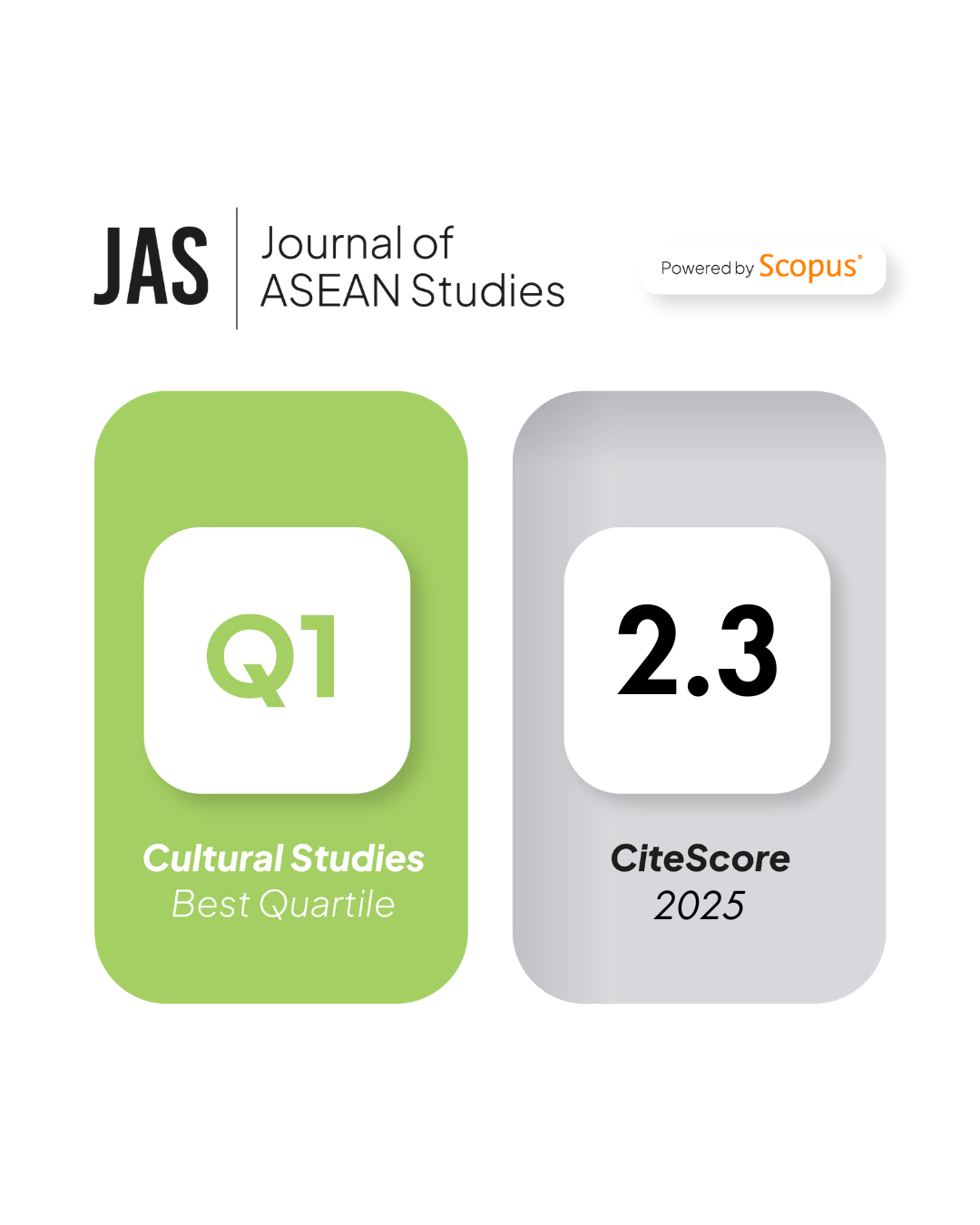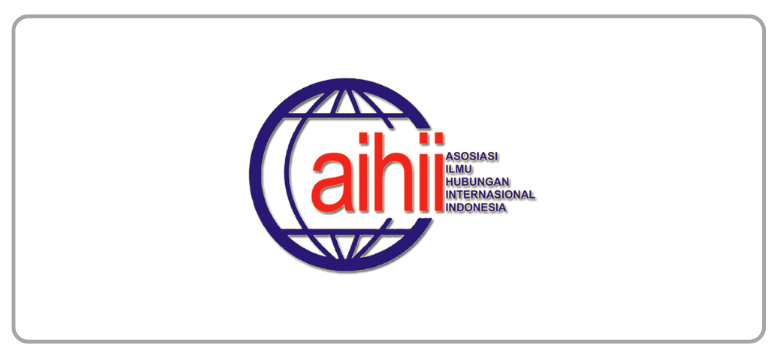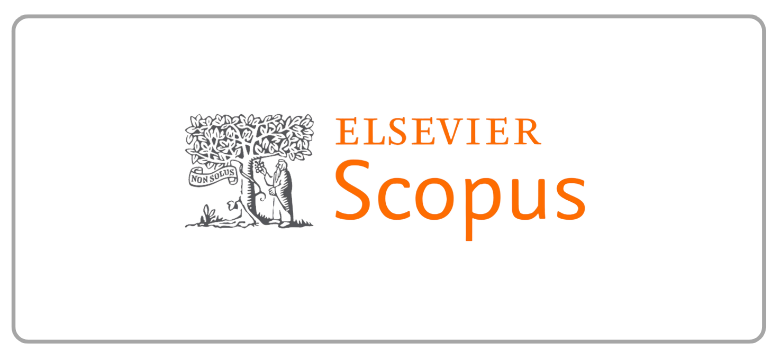Revisiting Sustainable Tourism Practices in ASEAN Member State: A Study on the Saba Baduy in Indonesia
DOI:
https://doi.org/10.21512/jas.v13i1.12880Keywords:
sustainable tourism, public policy, local culture, indigenous peoples, BaduyAbstract
Being brought in as a tool to empower socio-cultural integration between Southeast Asian countries, the ASEAN Tourism Strategy Plan (ATSP) has become a standard norm among Southeast Asian countries to achieve sustainable tourism practices. Discussing local tourism policy prospects for regional integration is central to understanding whether compliance with ATSP standards, which is notably regarded as a non-sensitive issue in the ASEAN socio-cultural pillar, is applicable at the regional level, and beneficial for the local authorities. Despite that ASEAN countries have strongly relied on the tourism economy, scholars have yet to understand whether member states are ready to comply with ATSP. This research aimed to thoroughly evaluate sustainable tourism development in one destination site in Indonesia, using the case study of Saba Budaya Baduy of Banten Province. By reviewing policy measures, aspirations and interests of diverse actors in Banten, the research argued that adherence to ATSP is constrained by the dilemma between promoting economic development and preserving the cultural heritage of the Baduy Indigenous people. The research applied a qualitative method with a case study approach, which involves in-depth interviews, field observations, and analysis of policy documents. It also suggests that to ensure the readiness to comply with ATSP, the Indonesian authority needs more participatory policies.
References
Aida, N., Atiqasani, G., & Palupi, W. A. (2024). The effect of the tourism sector on economic growth in Indonesia. Wseas Transactions on Business and Economics, 21, 1158–1166. https://doi.org/10.37394/23207.2024.21.95
Antariksa, B., Maulana, A., Priyatmoko, R., & Hamidah, S. (2024). Towards advanced tourism development in Indonesia: A critical review of visa-free policy. Aspirasi:Jurnal Masalah-Masalah Sosial, 15(1), 81–100. https://doi.org/10.46807/aspirasi.v15i1.3822
ASEAN. (2015). ASEAN Tourism Strategic Plan 2016-2025. ASEAN. https://asean.org/wp-content/uploads/2012/05/ATSP-2016-2025.pdf
ASEAN. (2024). Action Roadmap for Sustainable Tourism Development in ASEAN. ASEAN. https://asean.org/wp-content/uploads/2024/01/A4_Full-Report-7_1_11zon.pdf
Badan Pusat Statistik Kabupaten Lebak. (2023). Kecamatan Leuwidamar Dalam Angka 2023. BPS Kabupaten Lebak. https://lebakkab.bps.go.id/id/publication/2023/09/26/09c78d2324ef21b020a9c8df/kecamatan-leuwidamar-dalam-angka-2023.html
Bianchi, R. (2017). The political economy of tourism development : A critical review. Annals of Tourism Research, 70, 88-102. https://doi.org/10.1016/j.annals.2017.08.005
Caciora, T., Herman, G. V., Ilies, A., Ilies, D. C., Josan, I., & Hodor, N. (2021). The use of virtual reality to promote sustainable tourism : A case study of wooden churches historical monuments from Romania. Remote Sensing, 13(9). https://doi.org/10.3390/rs13091758
Creswell, J. W., & Creswell, J. D. (2017). Research design: Qualitative, quantitative, and mixed methods approaches. SAGE Publications.
Creswell, J. W., & Poth, C. N. (2018). Qualitative inquiry and research design: Choosing among five approaches (4th ed.). SAGE Publications.
Damiasih. (2023). Implementation of sustainable tourism policy in Indonesia. Journal of Governance, 8(4), 643-655. https://doi.org/10.31506/jog.v8i4.22928
Dinas Kebudayaan dan Pariwisata Kabupaten Lebak. (2025). Laporan data kunjungan destinasi wisata Kabupaten Lebak tahun 2018-2024. Dinas Kebudayaan dan Pariwisata Kabupaten Lebak.
Dolezal, C., & Trupp, A. (2015). Tourism and development in Southeast Asia. Austrian Journal of South-East Asian Studies, 8(2), 117–124. https://doi.org/10.14764/10.ASEAS-2015.2-1
Fafurida, F., Oktavilia, S., Prajanti, S. D. W., & Maretta, Y. A. (2020). Tourism and economic development in Indonesia. International Journal of Scientific and Technology Research, 9(3), 6476–6479.
Fang, J., Gozgor, G., Paramati, S.R. and Wu, W. (2021). The impact of tourism growth on income inequality: Evidence from developing and developed economies. Tourism Economics, 27( 8), 1669–1691. https://doi.org/10.1177/13548166209349
Firman, A., Moslehpour, M., Qiu, R., Lin, P. K., Ismail, T., & Rahman, F. F. (2023). The impact of eco-innovation, ecotourism policy and social media on sustainable tourism development: evidence from the tourism sector of Indonesia. Economic Research-Ekonomska Istrazivanja , 36(2). https://doi.org/10.1080/1331677X.2022.2143847
Hamzah, F., Hermawan, H., & Wigati. (2018). Evaluasi dampak pariwisata terhadap sosial ekonomi masyarakat lokal. Jurnal Pariwisata, 5(3), 195–202.
Hendriyani, I. G. A. D. (2024, January 16). Siaran pers: Indonesia berpartisipasi aktif dalam "ASEAN Tourism Forum 2024" di Laos. Kemenpar. https://www.kemenpar.go.id/berita/siaran-pers-indonesia-berpartisipasi-aktif-dalam-asean-tourism-forum-2024-di-laos
Khamdevi, M., & Bott, H. (2018). Rethinking tourism : Bali’s failure. In IOP Conference Series: Earth and Environmental Science, 126. https://doi.org/10.1088/1755-1315/
Kolopaking, L. M. (2016). International lifestyle migration and social marginalization on the tourism village. Sodality: Jurnal Sosiologi Pedesaan, 4(1), 38–47. https://doi.org/10.22500/sodality.v4i1.14405
Lasally, A., Handayani, L., & Arifin, S. (2023). The role of the ASEAN tourism forum (ATF) in supporting Indonesian tourism. Journal of Gastro Tourism, 1(1), 43–51. https://doi.org/10.52465/jogasto.v1i1.147
Luekveerawattana, R. (2020). Key factors in managing cultural tourism in a sustainable way. Kasetsart Journal of Social Sciences, 41(3), 475–480.
Merriam, S. B., & Tisdell, E. J. (2016). Qualitative research: A guide to design and implementation (4th ed). Jossey Bass.
Miles, M. B., Huberman, A. M., & Saldana, J. (2014). Qualitative data analysis: A methods sourcebook. SAGE Publishing.
Moeis, S. (2010). Konsep ruang dalam kehidupan orang Kanekes (Studi tentang penggunaan ruang dalam kehidupan komunitas Baduy Desa Kenekes Kecamatan Leuwidamar Kabupaten Lebak Banten). Universitas Pendidikan Indonesia
Moenir, H. D, Halim, A., Masna, A., & Maharani, R. (2021). Implementasi ASEAN tourism srategic plan (ATSP) dalam pengembangan pariwisata Sumatra Barat. Jurnal Kepariwisataan Indonesia: Jurnal Penelitian Dan Pengembangan Kepariwisataan Indonesia, 15(1), 49–63. https://doi.org/10.47608/jki.v15i12021.49-63
Mohale, D. M., Mckay, T., & Merwe, C. D. (2020). The Nature of Cultural and Heritage Tourism in Greater Polokwane, Limpopo, South Africa. African Journal of Hospitality, Tourism and Leisure, 9(6), 930–943.
Nopiyani, N. M. S., & Wirawan, I. M. A. (2021). The impact of tourism on the quality of life of communities in tourist destination areas: A systematic review. Open Access Macedonian Journal of Medical Sciences, 9(F), 129–136. https://doi.org/10.3889/oamjms.2021.5966
Prasetyo, S. I., Rofi, M. N., & Firmansyah, M. B. (2021). Pembangunan pariwisata Baduy dan dampaknya terhadap ekologi , sosial , dan budaya : Sebuah studi literatur. Kybernan: Jurnal Studi Kepemerintahan, 4(1), 43–54. https://doi.org/10.35326/kybernan.v4i1.1096
Priyombodo, S. A., Wasan, A., & Nugraha, H. (2022). Daya tarik Suku Baduy Banten terhadap wisatawan. Journal of Sport Science and Tourism Activity, 1(1), 23–32.
Putri, Y. M., & Purnawarman, A. (2021). ASEAN tourism forum efforts to increase tourist visits in Southeast Asia. Research Horizon, 1(3), 137–138.
Rahayu, D. S., & Sulistyawati, D. (2021). Implikasi ASEAN tourism strategic plan (ATSP) 2016-2025 dalam pengembangan project ten new Bali’ Indonesia. Dauliyah Journal of Islamic and International Affairs, 6(2), 249–278.
Rahmayani, D., Oktavilia, S., Suseno, D. A., Isnaini, E. L., & Supriyadi, A. (2022). Tourism development and economic growth: An empirical investigation for Indonesia. Economics Development Analysis Journal, 11(1), 1–11. https://doi.org/10.15294/edaj.v11i1.50009
Rahmi, D. H., & Setiawan, B. (2020). Pressures on the Balinese world cultural landscape heritage : The case of Jatiluwih Subak Village. IOP Conference Series: Earth and Environmental Science, 501. https://doi.org/10.1088/1755-1315/501/1/012032
Setiawan, N., Mardiana, R., & Adiwibowo, S. (2023). Adaptasi masyarakat Baduy terhadap pertumbuhan penduduk dan modernisasi : Studi ekologi budaya dan ekospiritualitas di Desa Kanekes, Kabupaten Lebak, Banten. Focus, 4(2), 107–120.
Soebiyan, V., Saragih, J. F. B., & Wondoamiseno, K. (2020). Model development of Pasar Gedhe Hardjonegoro, Surakarta for sustainable tourism. IOP Conference Series: Earth and Environmental Science, 426. https://doi.org/10.1088/1755-1315/426/1/012086
Soufiane, S. A., shakir Alkinani, A., & khaleefah Alrikabi, N. (2021). Tourist development of heritage in Algeria : Case of the Hypone site-ANNABA. IOP Conference Series: Earth and Environmental Science, 754. https://doi.org/10.1088/1755-1315/754/1/012006
Środa-Murawska, S., Grzelak-Kostulska, E., Biegańska, J., & Dąbrowski, L. S.. (2021). Culture and sustainable tourism : Does the pair pay in medium-sized cities? Sustainability, 13(16), 9072.
Suhud, U., Tarma, T., & Maulida, E. (2019). Authenticity of Fourth World Country Tourism : A Case of Baduy, Indonesia. International Journal of Innovation, Creativity and Change, 10(9), .
Tung, L. T., & Cuong, L. K. (2023). Impact of tourism on poverty reduction: Evidence from an emerging tourism impact of tourism on poverty reduction: Evidence from an Emerging Tourism Market. Montenegrin Journal of Economics, 16(3), 45-55. https://doi.org/10.14254/1800-5845/2020.16-3.4
UNEP & WTO. (2005). Making Tourism More Sustainable : A Guide for Policy Maker. World Tourism Organization
us Saqib, N., Yaqub, A., Amin, G., Khan, I., & Ajab, H. (2019). The impact of tourism on local communities and their environment in Gilgit Baltistan , Pakistan: A local community perspective. Environmental & Socio-Economic Studies, 7(3), 24-37. https://doi.org/—10.2478/environ-2019-0015
Wicaksono, A., Yunita, I., & Ginaya, G. (2022). Living side by side with nature: Evidence of self-governance in three local communities in Indonesia. Heliyon, 8(12), e12248. https://doi.org/10.1016/j.heliyon.2022.e12248
Downloads
Published
How to Cite
Issue
Section
License
Copyright (c) 2025 Tulus Santoso, Heru Nurasa, Budiman Rusli, R. Widya Setiabudi Sumadinata

This work is licensed under a Creative Commons Attribution-NonCommercial 4.0 International License.






















